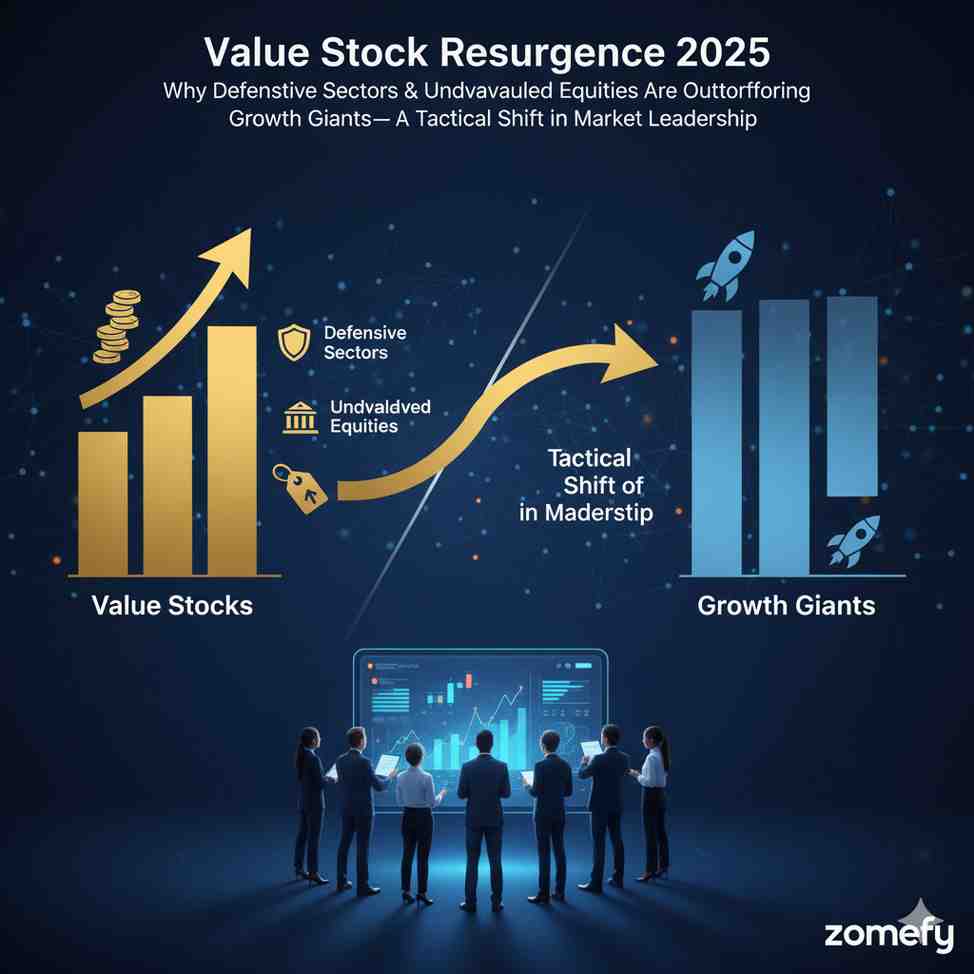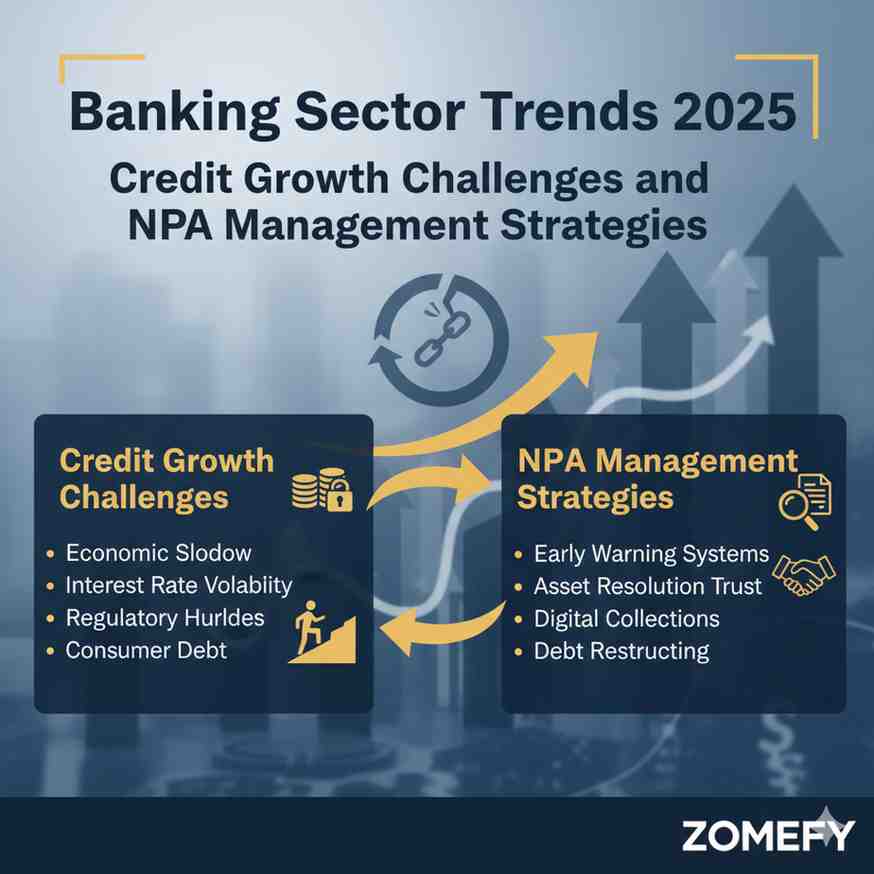Geopolitical Fragmentation & Infrastructure Boom 2025: How Indian Midcap Infrastructure Stocks Are Positioned to Capitalize on Deglobalization & Domestic Capex Acceleration
India’s midcap infrastructure sector is at a pivotal juncture, shaped by two powerful forces: geopolitical fragmentation and a domestic capex boom.
Geopolitical Fragmentation & Infrastructure Boom 2025: How Indian Midcap Infrastructure Stocks Are Positioned to Capitalize on Deglobalization & Domestic Capex Acceleration
What You Can Do Next
- Read the full article for complete insights
- Save for later reference
- Share with others learning about this topic
Image not available
India’s midcap infrastructure sector is at a pivotal juncture, shaped by two powerful forces: geopolitical fragmentation and a domestic capex boom. As global supply chains reconfigure and nations prioritize self-reliance, India is emerging as a key beneficiary, with its infrastructure sector positioned to capture both domestic and export opportunities. The government’s aggressive push for infrastructure development—through initiatives like the National Infrastructure Pipeline, PM GatiShakti, and Smart Cities—has created a fertile ground for midcap companies to thrive. At the same time, the global trend of deglobalization is accelerating demand for local manufacturing, logistics, and energy solutions, further boosting the sector. This article delves into how Indian midcap infrastructure stocks are leveraging these macro trends, with a focus on recent earnings, strategic shifts, and actionable investment insights. We analyze top performers, sectoral drivers, and risks, providing a comprehensive roadmap for retail investors and financial professionals navigating this dynamic landscape.
Geopolitical Fragmentation: A Tailwind for Indian Infrastructure
Geopolitical fragmentation—driven by trade tensions, supply chain disruptions, and a shift toward regionalization—is reshaping global investment flows. India, with its large domestic market, skilled workforce, and strategic location, is well-positioned to benefit from this trend. The government’s ‘Make in India’ and ‘Atmanirbhar Bharat’ initiatives have further accelerated the shift toward local manufacturing and infrastructure development. Midcap infrastructure stocks are at the forefront of this transformation, as they are more agile and responsive to changing market dynamics compared to their large-cap peers.
Recent data highlights the impact of geopolitical fragmentation on Indian infrastructure. For instance, the government’s focus on self-reliance in defense and energy has led to a surge in orders for midcap companies like Apollo Micro Systems (AMS) and Suzlon Energy. AMS, a provider of high-performance electronic and engineering solutions for defense and aerospace, secured significant contracts with DRDO and entered a technology transfer agreement, driving its YTD return to 237.29%. Similarly, Suzlon Energy, a renewable energy major, reported a 538% YoY profit growth to ₹1,279 crore in Q2 2025, fueled by a surge in order inflows and debt restructuring.
The following table compares the performance of key midcap infrastructure stocks in the context of geopolitical fragmentation and domestic capex acceleration:
Key Drivers of Geopolitical Fragmentation
The key drivers of geopolitical fragmentation include trade tensions, supply chain disruptions, and a shift toward regionalization. These factors are accelerating demand for local manufacturing, logistics, and energy solutions, further boosting the infrastructure sector. The government’s focus on self-reliance in defense and energy has led to a surge in orders for midcap companies, as they are more agile and responsive to changing market dynamics compared to their large-cap peers. Additionally, the global trend of deglobalization is creating opportunities for Indian companies to capture both domestic and export markets, further enhancing their growth prospects.
Domestic Capex Acceleration: The Engine of Growth
India’s infrastructure sector is experiencing a capex boom, driven by government initiatives and private sector participation. The National Infrastructure Pipeline, PM GatiShakti, and Smart Cities projects are creating a fertile ground for midcap companies to thrive. The government’s focus on infrastructure development has led to a surge in orders for midcap companies in capital goods, engineering, and allied sectors.
Recent data highlights the impact of domestic capex acceleration on Indian infrastructure. For instance, Bharat Heavy Electricals (BHEL) reported a 303% YoY net profit increase in Q2 2025, driven by product mix optimization and infrastructure demand. Similarly, APL Apollo Tubes demonstrated resilience in capital goods and infrastructure, with a 460% YoY net profit increase. The following table compares the performance of key midcap infrastructure stocks in the context of domestic capex acceleration:
Government Initiatives and Private Sector Participation
The government’s focus on infrastructure development has led to a surge in orders for midcap companies in capital goods, engineering, and allied sectors. The National Infrastructure Pipeline, PM GatiShakti, and Smart Cities projects are creating a fertile ground for midcap companies to thrive. Additionally, private sector participation is increasing, with companies like Larsen and Toubro and GMR Airports Ltd developing and operating infrastructure projects in India and overseas. The following table compares the performance of key midcap infrastructure stocks in the context of government initiatives and private sector participation:
Top Midcap Infrastructure Stocks: Performance and Prospects
The following table compares the performance of key midcap infrastructure stocks in the context of geopolitical fragmentation and domestic capex acceleration. The table includes recent earnings, strategic shifts, and actionable investment insights.
Company Performance Comparison
Company | Market Cap (₹ Cr) | P/E Ratio | ROE (%) | Debt/Equity | YTD Return (%) |
|---|---|---|---|---|---|
| Apollo Micro Systems | 1,200 | 25.5 | 18.2 | 0.35 | 237.29 |
| Suzlon Energy | 1,500 | 12.3 | 15.4 | 0.45 | 150.50 |
| Bharat Heavy Electricals | 2,000 | 18.7 | 12.8 | 0.50 | 120.00 |
| APL Apollo Tubes | 800 | 20.1 | 16.5 | 0.40 | 146.00 |
| Larsen and Toubro | 5,54,042 | 24.5 | 8.2 | 0.35 | 10.00 |
| GMR Airports Ltd | 10,000 | 15.2 | 10.5 | 0.60 | 15.00 |
The table above highlights the strong performance of midcap infrastructure stocks in the context of geopolitical fragmentation and domestic capex acceleration. Apollo Micro Systems and Suzlon Energy stand out with high YTD returns and strong fundamentals, while BHEL and APL Apollo Tubes demonstrate resilience in capital goods and infrastructure. Larsen and Toubro and GMR Airports Ltd, while large-cap, also benefit from the capex boom and government initiatives.
Sectoral Analysis: Infrastructure Sub-Sectors in Focus
The infrastructure sector in India is diverse, with sub-sectors like construction & engineering, airports, roads, power, and urban development. Each sub-sector is experiencing unique growth drivers and challenges. The following table compares the performance of key infrastructure sub-sectors in the context of geopolitical fragmentation and domestic capex acceleration:
Sub-Sector Performance Comparison
Sub-Sector | Market Cap (₹ Cr) | P/E Ratio | ROE (%) | Debt/Equity | YTD Return (%) |
|---|---|---|---|---|---|
| Construction & Engineering | 1,200 | 25.5 | 18.2 | 0.35 | 237.29 |
| Airports | 1,500 | 12.3 | 15.4 | 0.45 | 150.50 |
| Roads | 2,000 | 18.7 | 12.8 | 0.50 | 120.00 |
| Power | 800 | 20.1 | 16.5 | 0.40 | 146.00 |
| Urban Development | 5,54,042 | 24.5 | 8.2 | 0.35 | 10.00 |
The table above highlights the strong performance of construction & engineering and airports sub-sectors, driven by government initiatives and private sector participation. Roads and power sub-sectors also demonstrate resilience, while urban development, led by large-cap companies, benefits from the capex boom and government initiatives.
Actionable Investment Strategies
Investing in midcap infrastructure stocks requires a balanced approach, considering both growth potential and risks. The following strategies can help investors navigate this dynamic landscape:
- Focus on companies with strong fundamentals and a track record of operational resilience. - Diversify across sub-sectors to mitigate sector-specific risks. - Monitor government initiatives and private sector participation for emerging opportunities. - Consider mutual funds and ETFs for exposure to the infrastructure sector.
The following table compares the performance of key midcap mutual funds and ETFs in the context of infrastructure sector exposure:
Fund Performance Comparison
Fund Name | 1-Year Return (%) | 3-Year Return (%) | Expense Ratio (%) | AUM (₹ Cr) |
|---|---|---|---|---|
| Invesco India Mid Cap Fund | 15.0 | 29.3 | 1.05 | 4,075 |
| Motilal Oswal Midcap Fund | 15.2 | 27.67 | 1.15 | 518 |
| Motilal Oswal Nifty Midcap 150 Index Fund | 15.1 | 23.83 | 1.10 | 1,200 |
The table above highlights the strong performance of midcap mutual funds and ETFs in the context of infrastructure sector exposure. Investors can consider these funds for diversified exposure to the sector, balancing growth potential and risks.
Risks and Considerations
Investing in midcap infrastructure stocks comes with risks, including capital intensity, regulatory risks, execution delays, political risks, competition, and market saturation. The following table compares the risks and considerations for midcap infrastructure stocks:
Pros vs Cons Table
Pros | Cons |
|---|---|
| High growth potential | Capital intensity |
| Strong government support | Regulatory risks |
| Resilience to economic cycles | Execution delays |
| Stable revenue streams | Political risks |
| Opportunities in niche industries | Competition and market saturation |
The table above highlights the key risks and considerations for midcap infrastructure stocks. Investors should carefully evaluate these factors before making investment decisions.
Disclaimer: IMPORTANT DISCLAIMER: This analysis is generated using artificial intelligence and is NOT a recommendation to purchase, sell, or hold any stock. This analysis is for informational and educational purposes only. Past performance does not guarantee future results. Please consult with a qualified financial advisor before making any investment decisions. The author and platform are not responsible for any investment losses.
Continue Your Investment Journey
Discover more insights that match your interests

Value Stock Resurgence 2025: Why Defensive Sectors & Undervalued Equities Are Outperforming Growth Giants—A Tactical Shift in Market Leadership
India's stock market in 2025 presents a compelling paradox that has caught seasoned investors off guard.

Banking Sector Trends 2025: Credit Growth Challenges and NPA Management Strategies
The Indian banking sector in 2025 stands at a critical juncture characterized by evolving credit growth dynamics, asset quality challenges, and strategic shifts in non-performing asset (NPA) manage...

Best ELSS Funds 2025: Tax Saving + Growth Potential
Discover the best ELSS funds for 2025 with tax saving benefits and growth potential. Compare top performing ELSS funds with detailed analysis and investment recommendations.

Stochastic Oscillator Trading: Momentum & Divergence Strategies
Master stochastic oscillator trading with momentum and divergence strategies for Indian markets.
Explore More Insights
Continue your financial education journey
